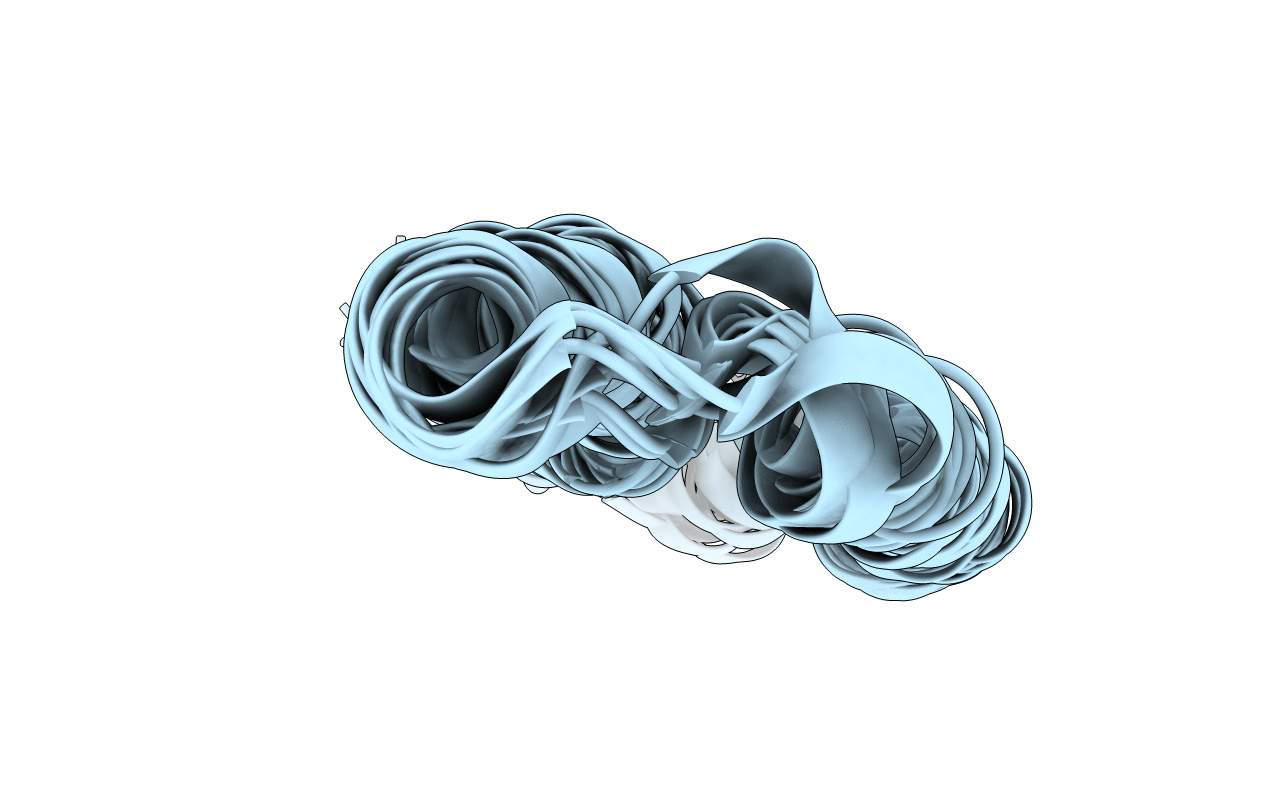
Deposition Date
2013-03-27
Release Date
2013-07-03
Last Version Date
2024-05-15
Entry Detail
PDB ID:
2M67
Keywords:
Title:
Full-length mercury transporter protein MerF in lipid bilayer membranes
Biological Source:
Source Organism:
Morganella morganii (Taxon ID: 582)
Host Organism:
Method Details:
Experimental Method:
Conformers Calculated:
200
Conformers Submitted:
10
Selection Criteria:
structures with the lowest energy


